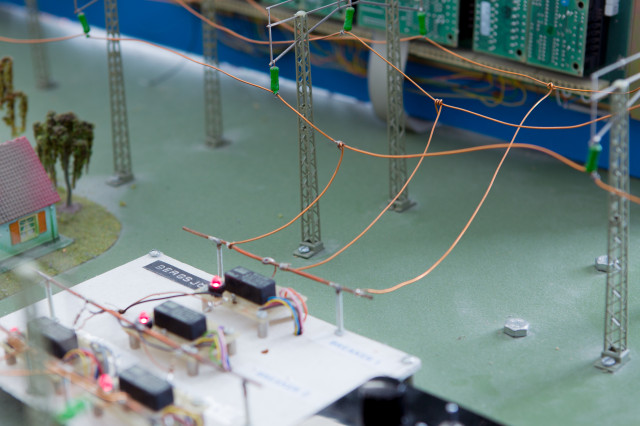A seminar series which provides the students with both an overview of different aspects of microengineering and with a deeper insight in the specific techniques for the most common application areas.
- The first set of seminars deal with an introduction to the field, the fabrication of microsystems and the fundamental physical effects utilized within microengineering.
- Thereafter second set of lectures give a detailed overview of microsensors for quantifying position, tension, acceleration, temperature, pressure, and flow.
- The last set of seminars illustrate the use of microsystems in various applications (i.e. medical systems, automotive systems, etc).
- Moreover, a guest lecturer from industry describes how micromechanic components are manufactured on an industrial scale and gives insight into how microsystems can be commercialized.
- Yet another guest lecturer will give an introduction to the related emerging field of nanotechnology.
The overall goal of this course is to introduce engineering students to the world of microengineering, i.e. the world of technical components and systems with feature sizes in the range sub-millimetre down to 100 nm. The area is often also referred to as a “MEMS” – Micro Elcreomechnical Systems. The following aspects will be addressed in particular: basic physical principles used for sensing and actuation in microtechnology, methods for microfabrication, the design and operation of the most commonly used micro-components and systems, and the use of microtechnology in specific application areas.
After following the course, the students will have obtained the following skills in particular:
- the basic physical sensing and actuation principles, including microfluidics,
- silicon microfabrication technology, and
- the most relevant types of optical, resonant, inertial, flow, pressure, radiation and thermal microsensors, as well as microfluidic components and RF and telecom devices,
be able to
- give an overview of the most commonly used methods and techniques
- explain how these work and can be implemented
- compare their advantages and drawbacks
- use their knowledge to make a structured and educated approach to engineering challenges involving microsystem technology.
- With respect to the specific application fields of medical, automotive, biotechnical, optical and telecommunication systems
be able to
5. explain the potential of microsystem technology in terms of size, cost and/or performance.
In addition, the students will gain deeper insight by performing practical work in a clean-room environment and by making a performance evaluation of a microsystem.
